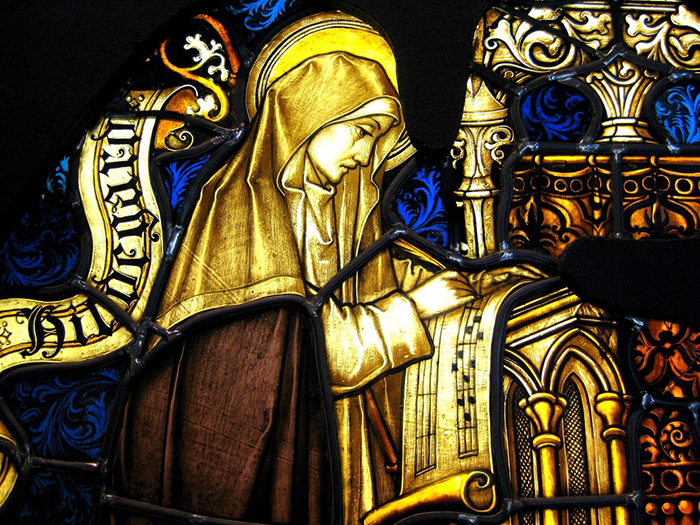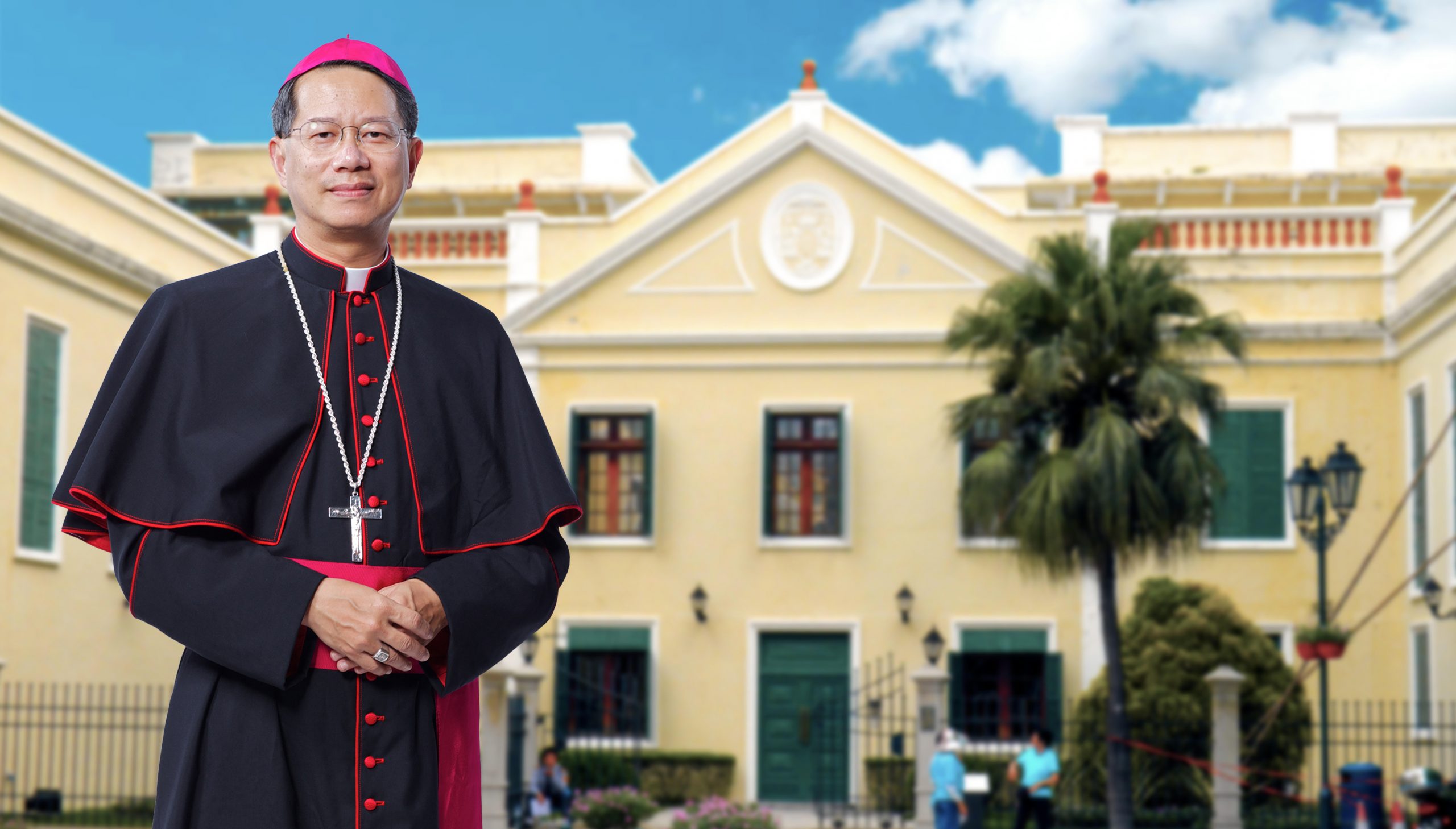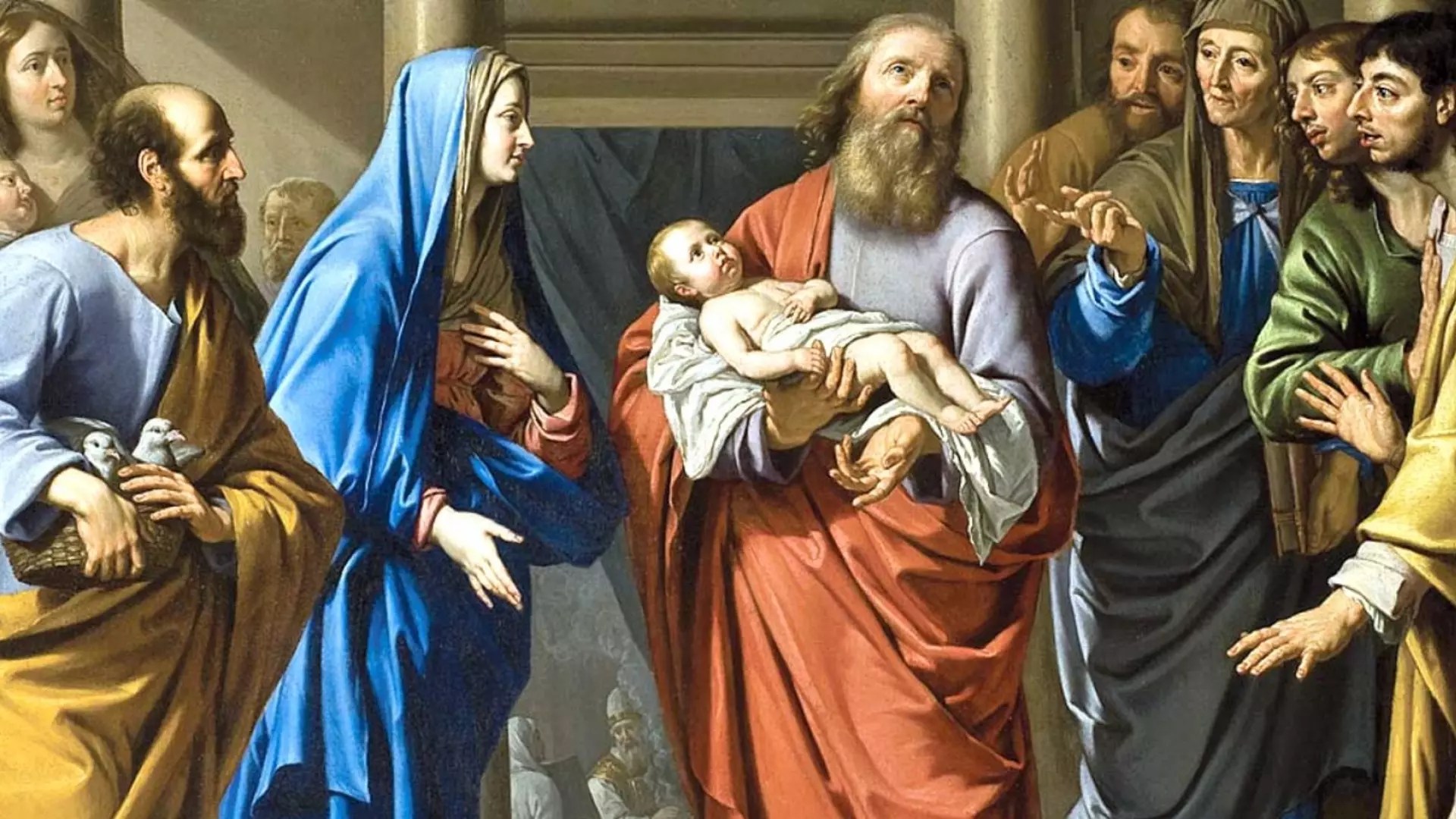Robaird O’Cearbhaill
Hong Kong Correspondent
The brilliant abbess Hildegard of Bingen (1098-1179), in her lifetime and beyond, was celebrated as a scientist, music composer and had several other extraordinary talents as well, becoming world famous in the later decades of the 20th century because of her writings and sacred music. Only recently, too, did she become a saint, although she was venerated popularly in her lifetime and beyond.
In 2012 as Encyclopedia Britannica explained: “Pope Benedict XVI declared her to be a saint through the process of ‘equivalent canonization,’ a papal proclamation of canonization based on a standing tradition of popular veneration. Later that year Benedict proclaimed Hildegard a doctor of the church, one of only four women to have been so named. She is considered a patron saint of musicians and writers.”
Britannica adds: “As one of the few prominent women in medieval church history, Hildegard became the subject of increasing interest in the latter half of the 20th century. Her writings were widely translated into English; several recordings of her music were made available; and works of fiction, including Barbara Lachman’s The Journal of Hildegard of Bingen (1993) and Joan Ohanneson’s Scarlet Music: A Life of Hildegard of Bingen (1997), were published.”
Another biographical article in the Mental Floss site by Kate Horowitz describes her as “Polymath, Mystic and Saint” and very courageous, breaking the usual bonds that kept women submissive. “But (in those times) women were not supposed to write or publish books, supposed to talk to God, or heal the sick, or write hymns, and they definitely weren’t supposed to criticize the Church (she criticised corrupt monks).” Viewed all at once they looked a lot like heresy. “Nevertheless, despite becoming “unpopular” in her monastery, St Hildegard found a “supportive abbot, Bernard of Clairvaux, [who] interceded on her behalf with Pope Eugenius III who endorsed and encouraged her. Hildergard responded with thanks – and an exhortation for him to try harder to reform his church.” (Image: Hildegard of Bingen, stained glass detail, Rochuskapelle)


 Follow
Follow


